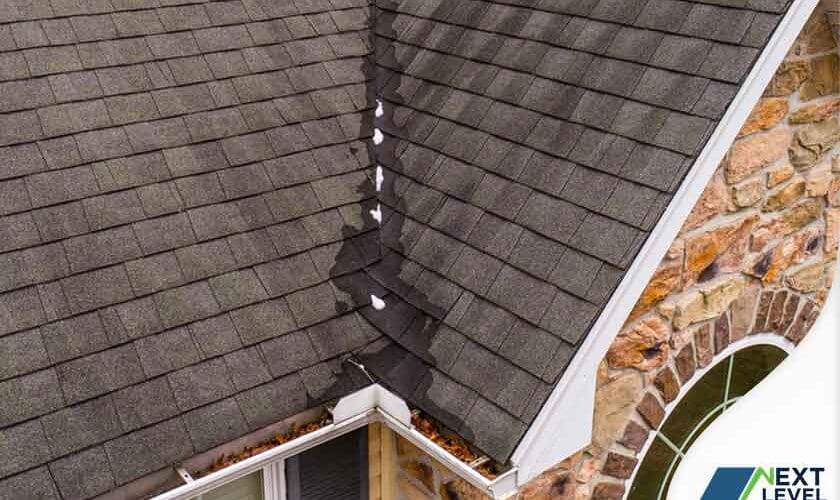Your home’s roof is its first line of defense against the elements, and maintaining it in top shape is essential for the overall well-being of your house. However, even the sturdiest roofs can develop issues over time. In this post, Next Level Roofers, a renowned roofing company, will guide you through the common signs that your roof may need repairs and discuss when it’s necessary to call in the professionals for a roof replacement.
Your roof is your first line of defense against rain, snow, wind, and other weather conditions that could damage the interior of your property. However, it can be challenging to ensure that it remains in tip-top shape all year round. As such, you need the right roofing company by your side for superior and reliable roof maintenance, repairs, and replacements.
As a new homeowner, you need to take care of your roof to protect your investment. Maintaining your roof’s condition will not only ensure that your home remains comfortable and safe, but it can also save you from costly repairs in the future. Read on as Next Level Roofers provides an overview of roof care.
Well-maintained asphalt shingles are crucial to keeping your roof in top shape to protect your interiors from weather elements. Over time, however, these shingles can begin to show signs of aging, which can ultimately impact the overall health of your roof. In this blog, Next Level Roofers explores the factors contributing to the aging of asphalt shingles, the signs to look out for, and how to slow down these effects to maintain a durable and dependable roof.
When searching for a reliable roof replacement contractor, it is imperative to exercise due diligence to ensure you get the best team for your needs. Doing research on each of your potential hires is imperative, and that includes obtaining a list of references. Getting in touch with a contractor’s past customers helps you gain insight into the level of expertise and skills they can possibly provide you should you decide to hire them.



